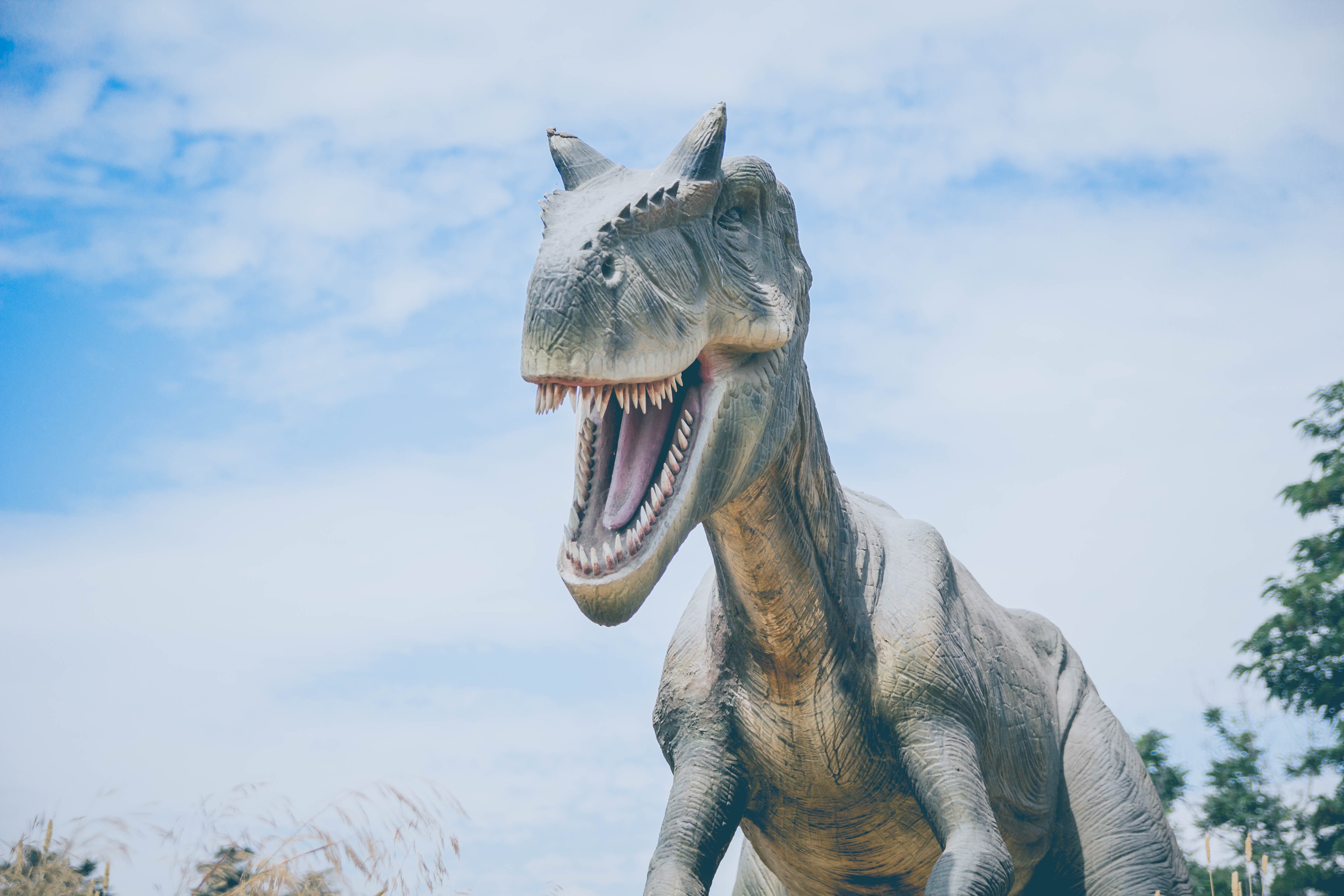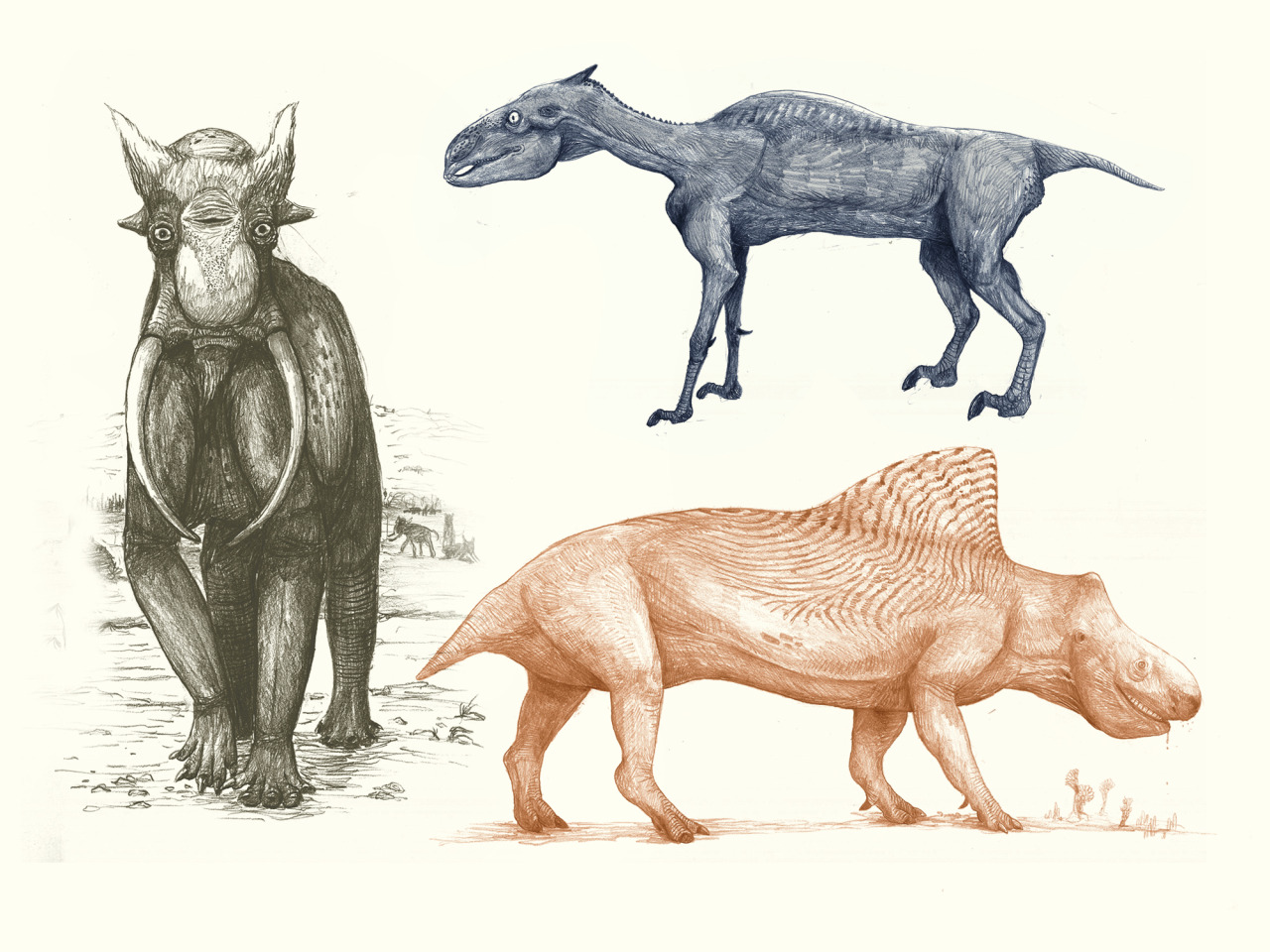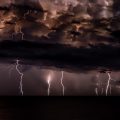
Every few years, they rise again: dinosaurs.
In 1993, these long-distinct giants took the world by storm when Jurassic Park was released, a movie that started a new dino-craze. I myself had been inflicted with dino-fever back in the days. Imagine my inner child cheering relentlessly as nostalgia hit me back in 2015 when Jurassic World came out.
With the second installment of Jurassic World being at the ready, let’s dive into the sounds of these prehistoric beasts!
What Did Dinosaurs Sound Like?
In the movies mentioned above as well as other dinosaur appearances in pop culture, the most prominent sounds associated with them are bloodcurdling roars and grunts. Unless they talk, of course, but for obvious reasons, we shall exclude these dino-representations.
First, what do we know about dinosaurs?
However, they were also always displayed as being shaped very closely to their skeletal structure with their bodies covered in thick skin or maybe scales. In recent years, it became more and more popular to look at dinosaurs as real animals which take into account that they may have had muscles, fat and other features that heavily alter their appearance.
Immediately, artist and illustrator C. M. Kosemen comes to mind. He published a series of illustrations that show how modern-day animals would be drawn if we looked at their skeletons the same way we look at the ones of dinosaurs.
Consider the following illustration of an elephant, horse, and rhinoceros from Kosemen’s book “All Yesterdays: Unique and Speculative Views of Dinosaurs and Other Prehistoric Animals.”

They do look nothing like we know them. So why would we apply such standards when imagining dinosaurs? By now, it is commonly known that dinos had hair and feathers. What else did we get wrong about these majestic creatures?
So, what about their sounds?
Just like with their appearance, there can never be real clarity of what dinosaurs really sounds like. What most paleontologists agree on is that dinosaurs did make at least some form of noise, either automatically or as a form of communication. They found different clues in the dinosaurs’ skulls and brain casts.
However, the representations of dinosaur calls and cries from Jurassic Park may not be realistic at all. Sound designer Gary Rydstrom, in an interview with Vulture, disclosed that the iconic T-Rex sounds from the movie are actually slowed-down noises made by either his very own Jack Russell terrier Buster or baby elephants. Slowing down such small noises, according to Rydstrom, can create big, impressive sounds.
Instead, it’s more likely to compare the probable sounds of dinosaurs with those of larger birds. Birds are widely regarded as the dinosaurs’ closest descendants. A study from 2016, which investigated closed-mouth (or in this case closed-beak) sounds of different birds, might thus be the closest resemblance of dinosaur calls we can find and hear today. Consider, for example, the call of the largest bird alive, the ostrich:
Cinematic Dinosaur Ambiences
That does take a bit of the gruesome and majestic picture we painted dinosaurs in for a long time, doesn’t it? I for once rather imagine these enormous beasts to sound like an elephant’s trumpet or a lion’s roar rather than a pigeon’s cooing and glucking.
To preserve these precious childhood memories, I might rather close my eyes and listen to some of these more cinematic audio atmospheres from prehistoric times:
[table width =”100%” style =”” responsive =”false”]
[table_body]
[table_row]
[row_column]

Dinosaurs
[row_column]

Night in Jurassic Park
[row_column]

Cretaceous Repose
[row_column]

Raptor Pen
[/table_row]
[/table_body]
[/table]




